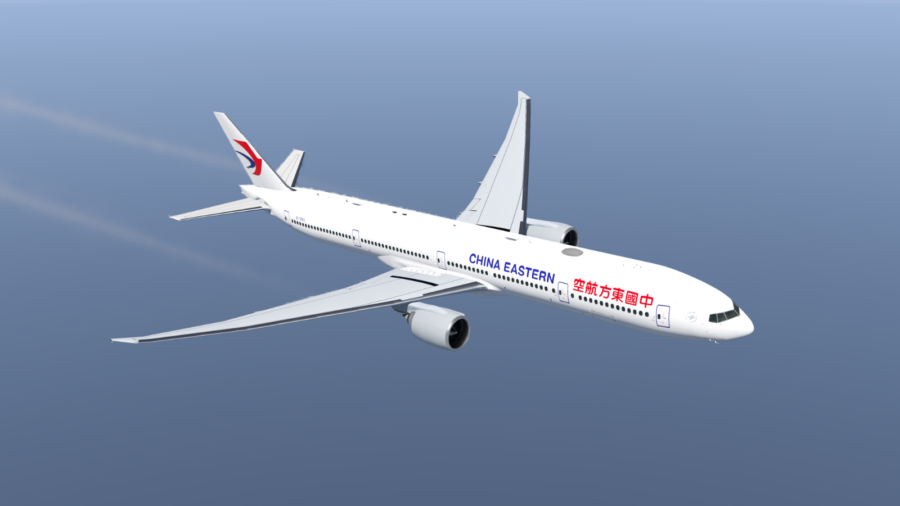Chinese Airlines Urge U.S. to Drop Ban on Flying Over Russia

Major Chinese carriers are pushing back against a proposal by the Trump administration to bar them from flying over Russian airspace on routes to and from the United States. The airlines warned that such restrictions would extend flight times, increase fuel costs, and disrupt key routes, potentially affecting thousands of passengers during the busy travel season.
The dispute stems from a U.S. Department of Transportation (DOT) proposal announced last week, which seeks to ban Chinese airlines from using Russian airspace on U.S.-bound flights. American carriers argue that Chinese airlines gain a competitive advantage by flying shorter, more direct routes over Russia, saving both time and fuel, while U.S. and European airlines have been prohibited from doing so since Russia’s invasion of Ukraine in 2022.
In filings to the DoT, China Eastern Airlines, one of six major Chinese carriers opposing the measure, said the ban could add two to three hours to some of its most important U.S. routes, increasing operational costs and the likelihood of missed connections. The airline also warned that higher fuel consumption would inevitably lead to increased ticket prices for passengers.
Air China and China Southern Airlines echoed these concerns, noting that the proposed rule would harm travelers in both countries. China Southern estimated that at least 2,800 passengers traveling between November 1 and December 31 would face rebookings, “jeopardizing their travel plans” and adding logistical challenges during the peak holiday period.
Meanwhile, United Airlines has called for an even broader application of the proposed ban, urging the administration to extend it to Hong Kong-based carriers such as Cathay Pacific, which continues to fly over Russia on routes to the U.S. United said the Russian restrictions have effectively prevented it from resuming nonstop service to major Chinese cities, including Beijing and Shanghai, from Newark, Washington D.C., and Chicago.
Following the U.S. decision to bar Russian aircraft from its airspace in March 2022, Moscow retaliated by banning U.S. and many European airlines from flying over Russia. However, Chinese carriers were exempt, allowing them to operate more efficient and cost-effective routes. This advantage has helped Chinese airlines capture greater market share on trans-Pacific and Europe-Asia routes while U.S. airlines have been forced to operate longer, fuel-intensive detours.
China’s foreign ministry criticized the U.S. proposal, saying such measures are “not conducive to person-to-person exchanges” and would hinder efforts to rebuild post-pandemic travel ties between the two countries.
On the other hand, Airlines for America, the trade group representing American Airlines, Delta Air Lines, and United Airlines, praised the USDOT for addressing what it views as an uneven playing field. However, the group also urged regulators to ensure that passenger flight capacity between the U.S. and China remains balanced and reflective of market demand, rather than escalating into a full-scale aviation dispute.
The proposed rule is currently under review, with a final decision expected in the coming weeks. If implemented, it could mark a significant escalation in U.S.-China aviation tensions, further complicating trans-Pacific air travel and potentially reshaping flight networks between the world’s two largest economies.
Related News: https://airguide.info/category/air-travel-business/airline-finance/
Sources: AirGuide Business airguide.info, bing.com, reuters.com, yahoo.com
